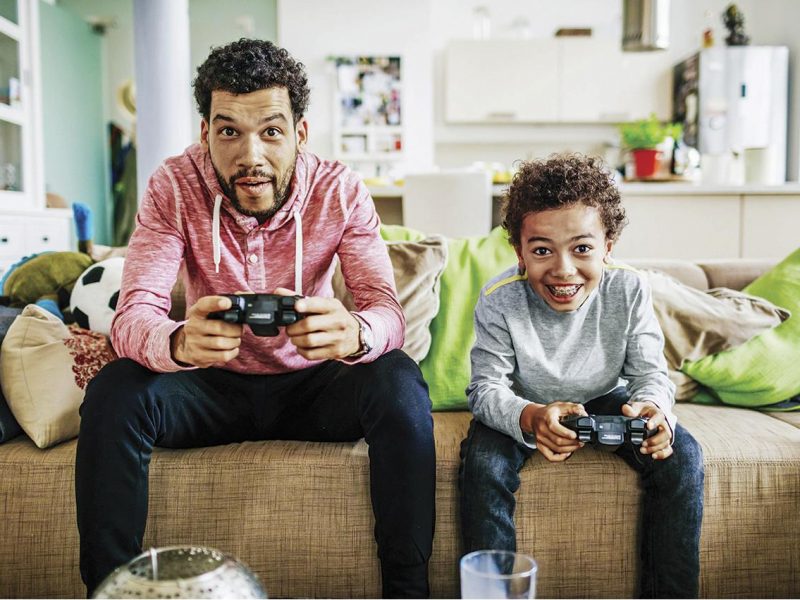So much mess
I need to begin by admitting that I’m not the neatest person in the world. I’m not exactly a slob either – I don’t like clutter, and I don’t like dirt – but I’m generally okay with things being a little untidy, especially if it means that I can easily put my hands on what I need.
For example, I don’t leave my clothes laying around on the floor, but I never fold them either. If something needs to be hung, I hang it. Otherwise, I’m content just to stuff things into the appropriate drawer and to drape things “in use” on the foot of the bed to be grabbed when I need them.
Similarly, I don’t have garbage or stray papers or dirty plates cluttering up my office, but I rarely have everything “put away” either. I leave the things I need at any given time out where I can readily put them to use. Everything else gets filed away where I can find it.
Which is to say that functionality and practicality are far more important to me than aesthetics. I don’t care whether things look a bit messy. I do very much care whether things are arranged such that I can work on my tasks efficiently.
My kids, unfortunately, do not feel the same.
My middle son almost always has the entirety of his wardrobe spread over the floor of the bedroom – all of it – every last sock. The process works like this: 1) bring up a basket of clean laundry from the basement; 2) dump everything out onto the bed so he can find one particular item; 3) shove everything onto the floor so he can get into bed at night; 4) when asked to clean up the mess, pile everything into the dirty clothes basket, because he can no longer tell what’s clean.
We thought that having him do his own laundry would reduce the disaster. The idea was that he’d soon realize how much extra work it was to wash clean clothes all the time, but no such luck. It’s been two years now, and he still chooses to do three or four times more laundry than anyone else rather than actually put anything away.
My youngest is much the same in the toy room. The first thing he does when he sits down to play is dump out the whole bucket of whatever toy he’s using. Wham! There goes a tote of three hundred homemade wooden blocks across the room. Whoosh! There goes a tub of quite literally 100,000 lego pieces into every nook and crevice. In two minutes he’s taken the whole space to himself. It’s to the point now where his brothers don’t even go in there.
This kind of messiness goes completely against the principles of practicality that are so important to me. I could understand a kind of untidiness that made things easier to find. I could even understand a mess that came from laziness. But this is disorder that actually makes more work for them. They’re always complaining that they can’t find a particular shirt or a favourite action figure in all that mess. They’re always complaining about the work they have to do to get their laundry done and the toy room cleaned up. So why on earth do it?
I asked my youngest this exact question the other day as I was nagging him to restore some sense of order to the toy room, and he gave me the most surprising answer, one that offered a little insight (I think) into what makes him tick and into how exactly his approach to space is different than mine.
“Dad,” he said, “I like the mess. It makes me feel comfortable.”
“Comfortable?” I asked. “How can you be comfortable in all this mess?”
“Because I can see all the things I like,” he said. “I can see them everywhere.”
And that, I realized, is what my kids do seem to need from their space. They need a comfortable disaster, a place that they make their own by having their stuff strewn around where they can see it and be in it. Whereas I can tolerate untidiness in the service of efficiency, my kids seem to need it just in order to feel comfortable where they are.
I’m still going to make them clean their messes up, of course. But I now do have a bit more sympathy as to why those messes are there in the first place.
Luke Hill has been the parent of birth kids, adoptive kids, foster kids, and just-need-a-place-to-stay kids for fourteen years. He’s had experience with kids in homeschool, public schools, and alternative schools. He’s been a teacher, a camp counsellor, and a coach. He’s also taught parenting courses for Children’s Aid for almost a decade. When he isn’t working with kids, he’s a writer, a publisher, and the director of a non-profit organization that supports book culture.






